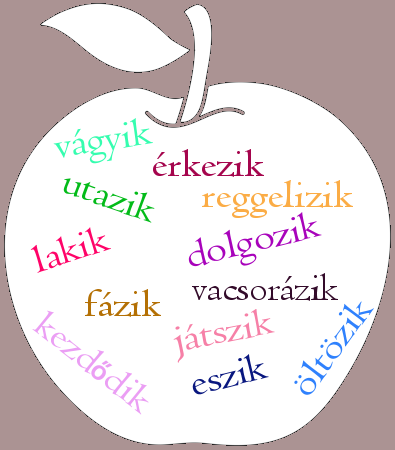If you have read my previous post on verb, you already know the basic and most common verb conjugation (verb conjugation 1) in Hungarian.
Now let’s see another type of verbs. These verbs caused me a lot of problem as a child, because they need an additional -ik only in the 3rd person form. Children tend to overgenerize, what means if they learn a rule, they apply it everywhere. At around age 4 I knew, that some verbs needed the -ik. So what did I do? I added it to all verbs! My mom told me, not to do that. So what did I do after that? I left it out everywhere, even in the verbs that needed it 🙂 You see, it is not easy for children either 🙂
E.g. the verb “ül” (to sit) does not have an -ik an, but the verb “játszik” (to play) does. So I would start saying “ülik” which is nonsense in this case. After my mom told me not to do that, I started saying word like “játsz” which is also nonsense in this case.
Ok, that was my little story, and now let here stand your story 🙂
What you need to know is that there are just a few verbs that take -ik in the 3rd person. You will be able to learn them as they come along the way.
Click below to continue and you will read why these verbs are different and which are these verbs.

-ik verbs in Hungarian

CONTINUE READING THE ARTICLE







Recent Comments